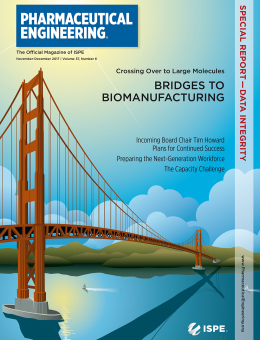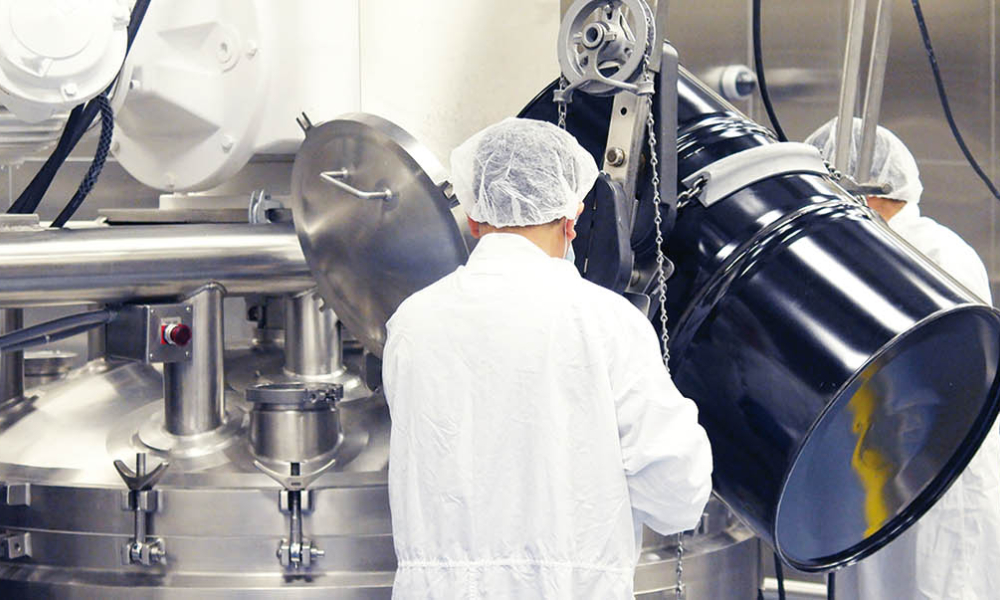
Downloads
Engineers looking to enter the biomanufacturing workforce may feel unprepared without a background in cell culture or chromatography.
Crossing Over to Large Molecules: Bridges to Biomanufacturing
Cover: We interviewed four biomanufacturing professionals who made the switch from traditional pharmaceutical processes to biomanufacturing to identify the bridges that helped them make the transition.
Gen X, Millennial: The Mentoring Relationship, Step by Step
Feature: Young engineers need mentoring to succeed. Our case study of a mentoring relationship between Gen Xer Kerren Bergman and Millennial Kelly Scalva discusses lessons learned and the joint successes in their personal and professional lives.
Data Integrity: Compliance, Transparency, Control
Special Report: Today, the need for data integrity is foremost in our documentation, analytical records, measurements, and requirements. This Special Report provides insights into how we manage, use, and incorporate data to protect the integrity of all values, measurements, and processes.
In This Issue
The USP <905> UDU test, widely used for batch release since 2007, is no longer supported by FDA. We propose a two-sided tolerance interval method to alleviate this deficiency. The approach provides 50% confidence and 95% probability that future samples from the batch will conform to USP <905> criteria. In addition, this new statistical assessment provides the same practical...
Individuals with privileged access have the technical means to bypass the user interface to access and modify data, often times without traceability.
ISPE advisor John Berridge shares highlights from an EMA workshop on HBELs
Improvements in genetic engineering techniques have fueled the growth of well-characterized large molecules since the 1980s. Today, revenues from the sale of biopharmaceuticals in the United States exceed $100 billion annually. 1
- 1Ernst & Young Global Limited (EY). "Key Dealmaking Insights," in Biotechnology Report 2016: Beyond Borders.
Fifteen years ago, corporations embarked on a journey toward SOX compliance; along the way they have learned a tremendous amount about data integrity as it relates to financial systems. Those lessons learned are directly applicable to many of the data-integrity challenges facing the pharmaceutical industry today.
Integrated VPHP systems offer a versatile, automated, sporicidal process for cleanroom suites, isolators, RABS, chambers, and pass-throughs.
Free-surface electrospinning of microemulsions increases API solubility and may offer an alternative to batch powder processes.







